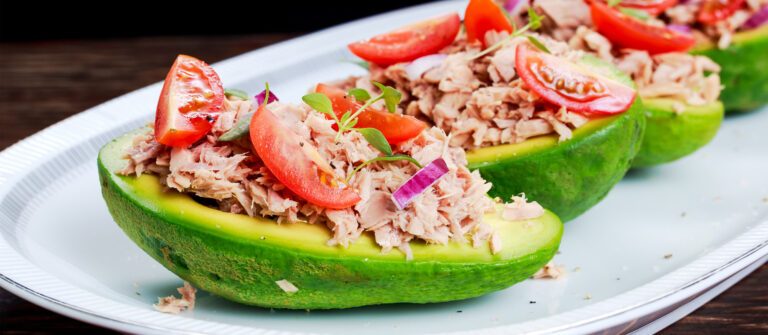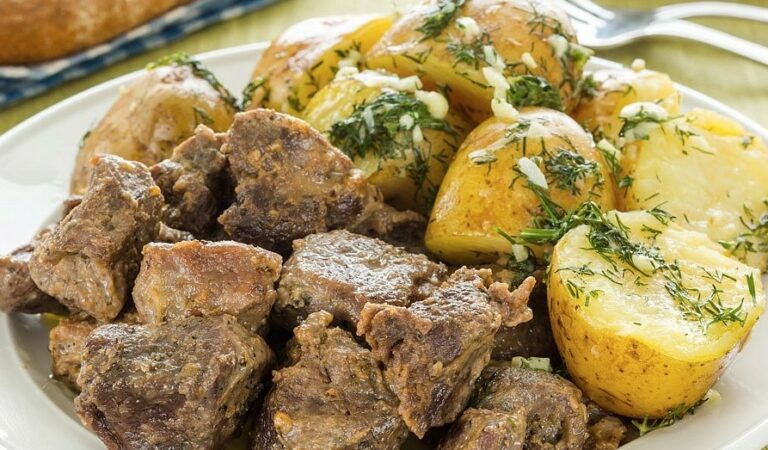Introduction: Palm Wine in Guinea-Bissau
Palm wine, also known as “vinho de palma,” is a traditional alcoholic beverage produced in several West African countries, including Guinea-Bissau. It is made from the sap of various palm trees, such as the oil palm, raffia palm, and date palm. Palm wine is a popular drink in Guinea-Bissau, especially in rural areas, where it is often consumed during social gatherings and celebrations.
Harvesting and Collecting Palm Sap
The process of producing palm wine starts with the harvesting and collecting of sap from the palm tree. The process is usually done early in the morning when the sap is flowing. The tree trunk is pierced with a sharp instrument, and a container is attached to collect the sap as it flows out. The sap is then collected and transported to a central location for processing.
Fermentation and Distillation of Palm Wine
Once the sap has been collected, it is left to ferment naturally for several hours or days, depending on the desired taste and alcoholic content. During fermentation, the sap is transformed into an alcoholic beverage with a sweet and slightly sour taste. After fermentation, the palm wine is distilled to increase its alcohol content and improve its taste. The distilled palm wine is then ready to be served and consumed.
Serving and Drinking Palm Wine
Palm wine is traditionally served and consumed in large communal calabashes, which are passed around and shared among friends and family. It is often drunk straight from the calabash, without the use of cups or straws. Palm wine can be served cold or at room temperature, depending on personal preference.
Palm Wine in Guinean Culture and Traditions
Palm wine has been an integral part of Guinean culture and traditions for centuries, and is often used in religious and social ceremonies. It is also believed to have medicinal properties and is used to treat various ailments. In some parts of Guinea-Bissau, palm wine is considered a symbol of hospitality and is often served to guests as a sign of respect and welcome.
Conclusion: The Sustainability of Palm Wine Production in Guinea-Bissau
Despite the popularity of palm wine in Guinea-Bissau, its production is facing several challenges, including deforestation and the use of unsustainable harvesting methods. However, efforts are being made to promote sustainable palm wine production and preserve the traditional methods of making this beverage. By supporting sustainable palm wine production, we can help protect the environment and preserve this important cultural heritage for future generations.



